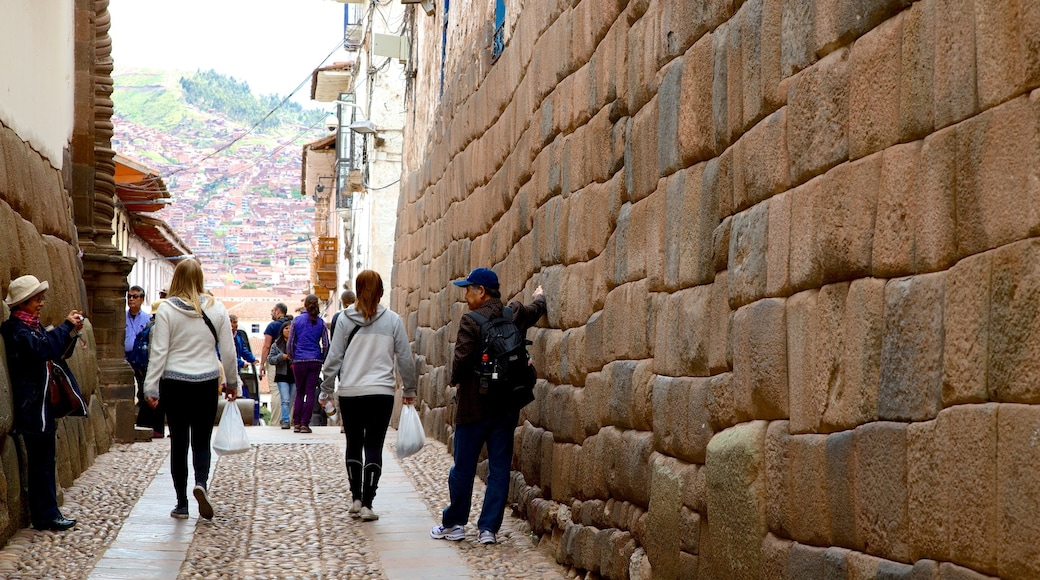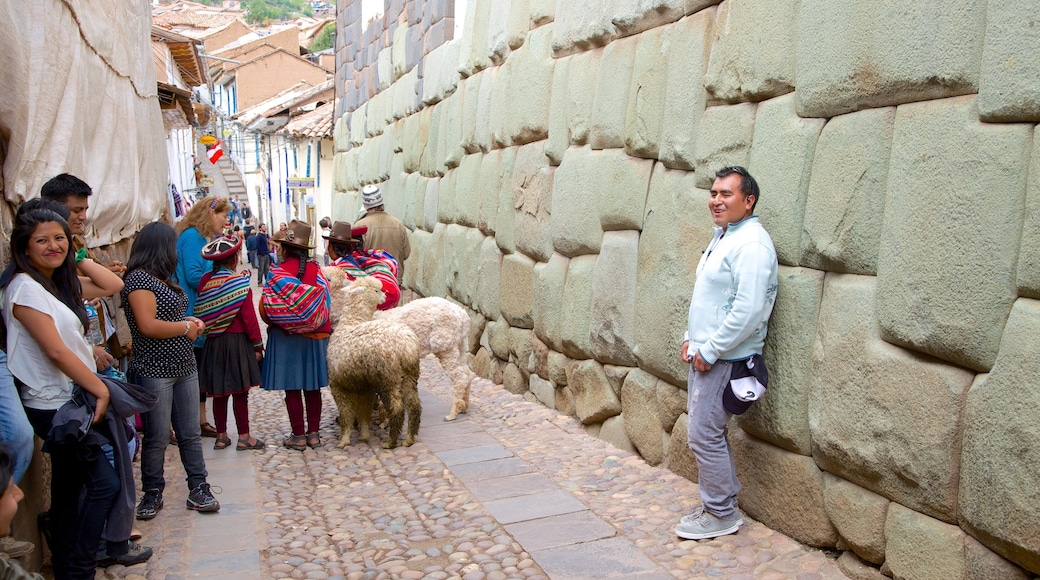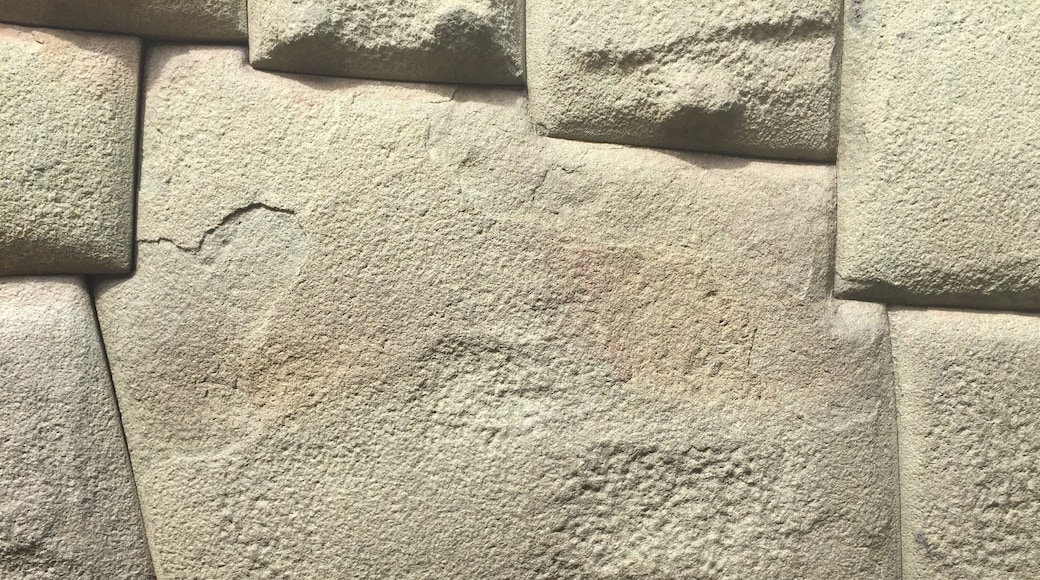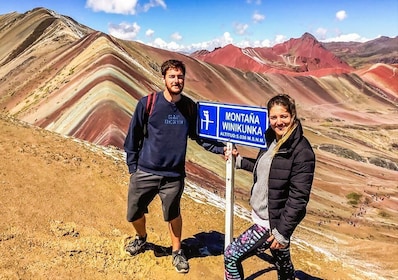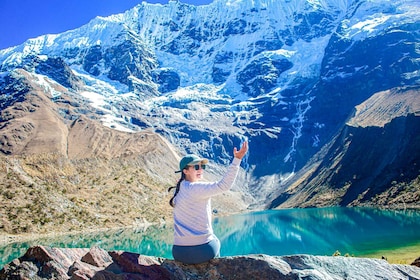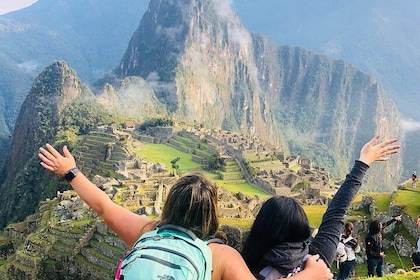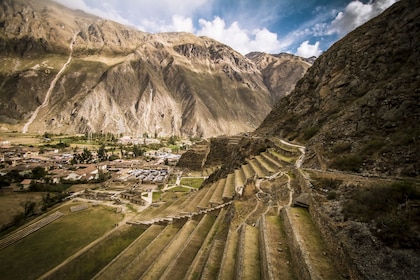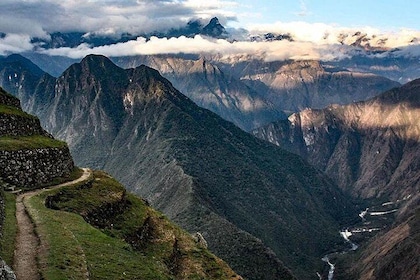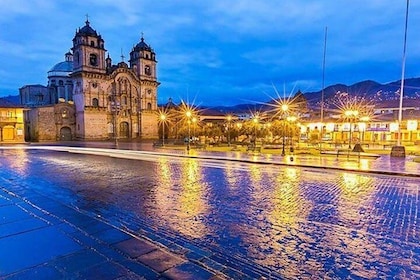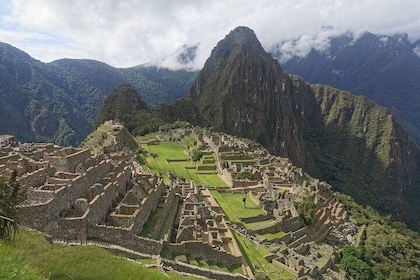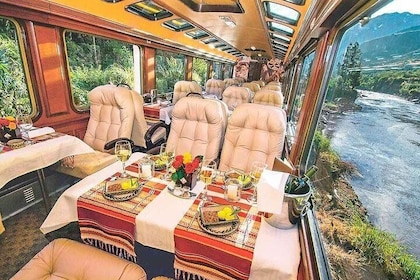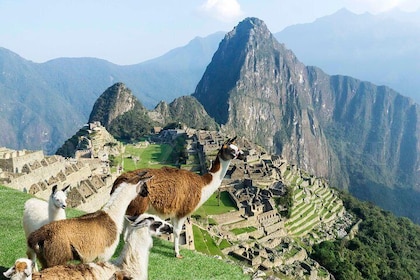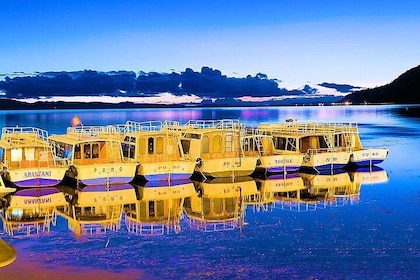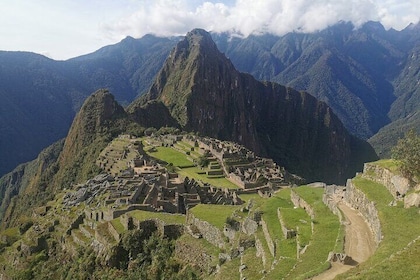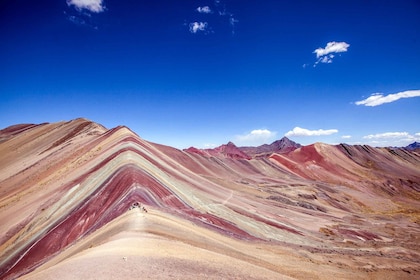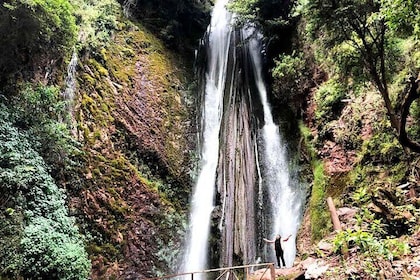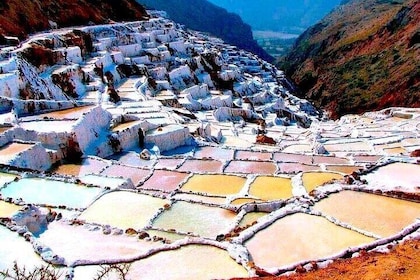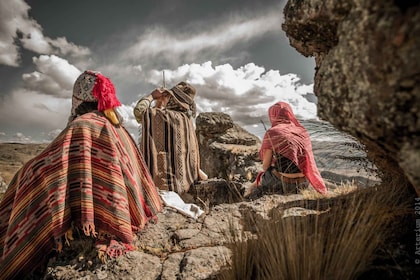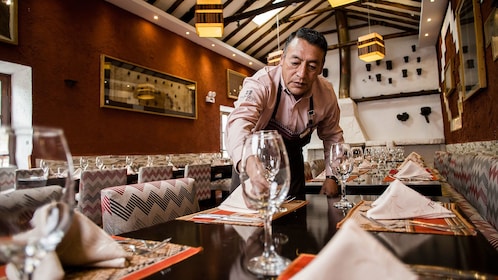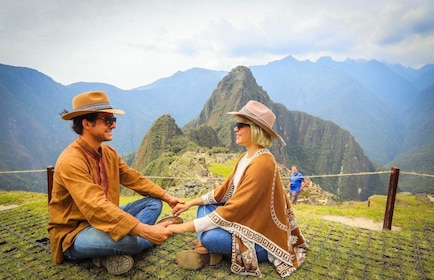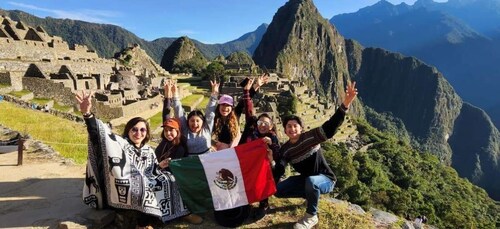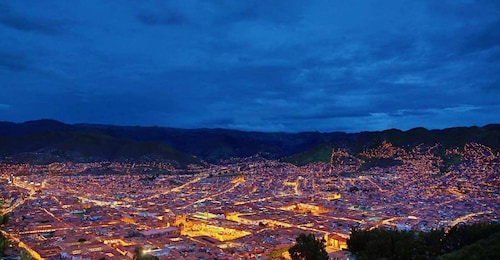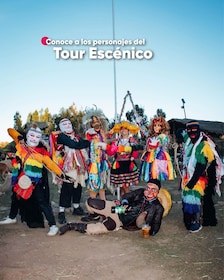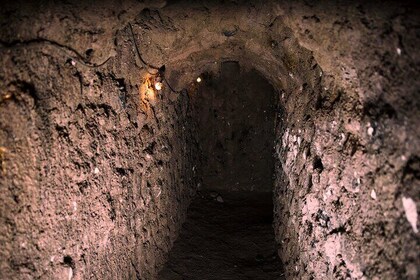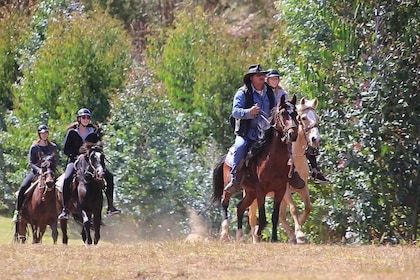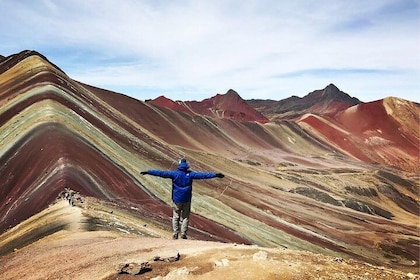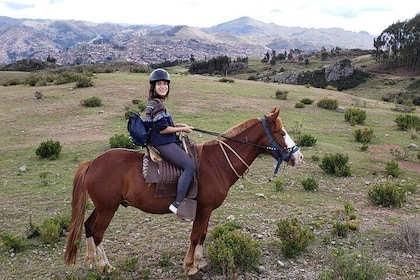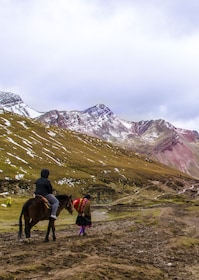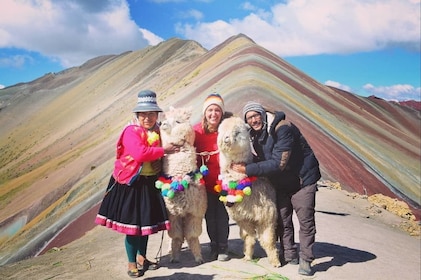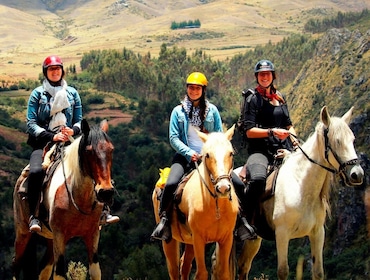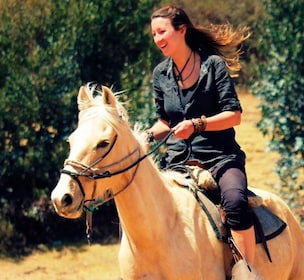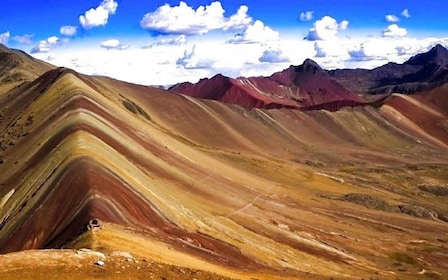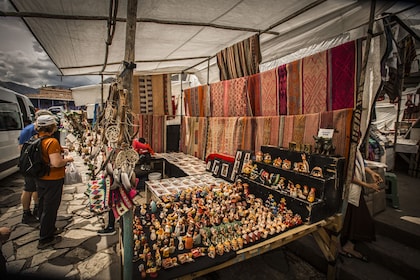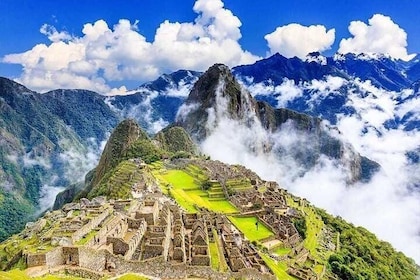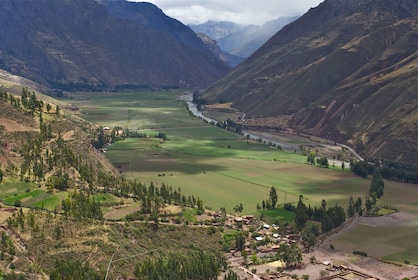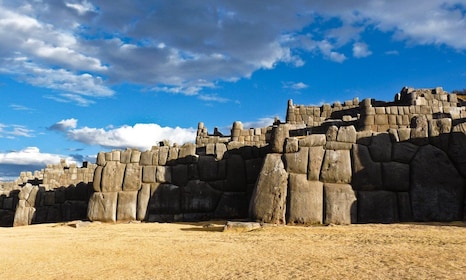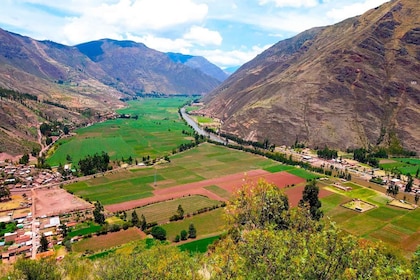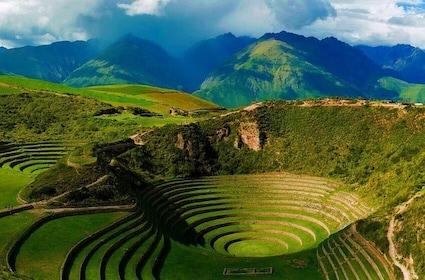Hatunrumiyoc is a street in central Cusco and a well-known attraction. The Hatunrumiyoc wall is considered to be one of the region’s best-preserved Incan structures. Stretching along almost the entire length of the street, the wall is a beautiful example of the intricate construction techniques of this ancient civilization.
The wall’s exact history isn’t fully known, but it’s believed to have been part of a palace belonging to Inca Roca, a famous ruler of the Inca Empire. After serving as the home of important figures for centuries, this palace now houses the city’s Religious Art Museum. The street is an original Incan road, which once led to the city’s ancient Antisuyu quarter.
Look for locals dressed in traditional Incan costumes. Take a photo with them in front of the wall for a small tip.
The wall may seem plain at first, but notice how its large, polygonal stones fit together with almost incomprehensible precision. The wall was constructed using an exceptionally hard type of stone called green diorite. Imagine the effort taken to cut, polish and place each stone into the wall one by one.
Be sure to see the renowned 12-angle stone, set in the wall about halfway up the street. With 12 perfectly carved corners and sides, no mortar is used to hold the stone in place. It fits so flawlessly with the surrounding wall that it’s not even possible to slide a sheet of paper between the rocks.
Look for several animal figures hidden in the design of the wall. Investigate closely and you may be able to spot a serpent, guinea pig and llama. The Incas often incorporated these sacred animals into their designs.
One of the best times of day to visit Hatunrumiyoc is at night, when the angles of the streetlights exaggerate the complex, 3-D appearance of the wall. See the wall north of Cusco’s central square, next to the Museum of Religious Art.

